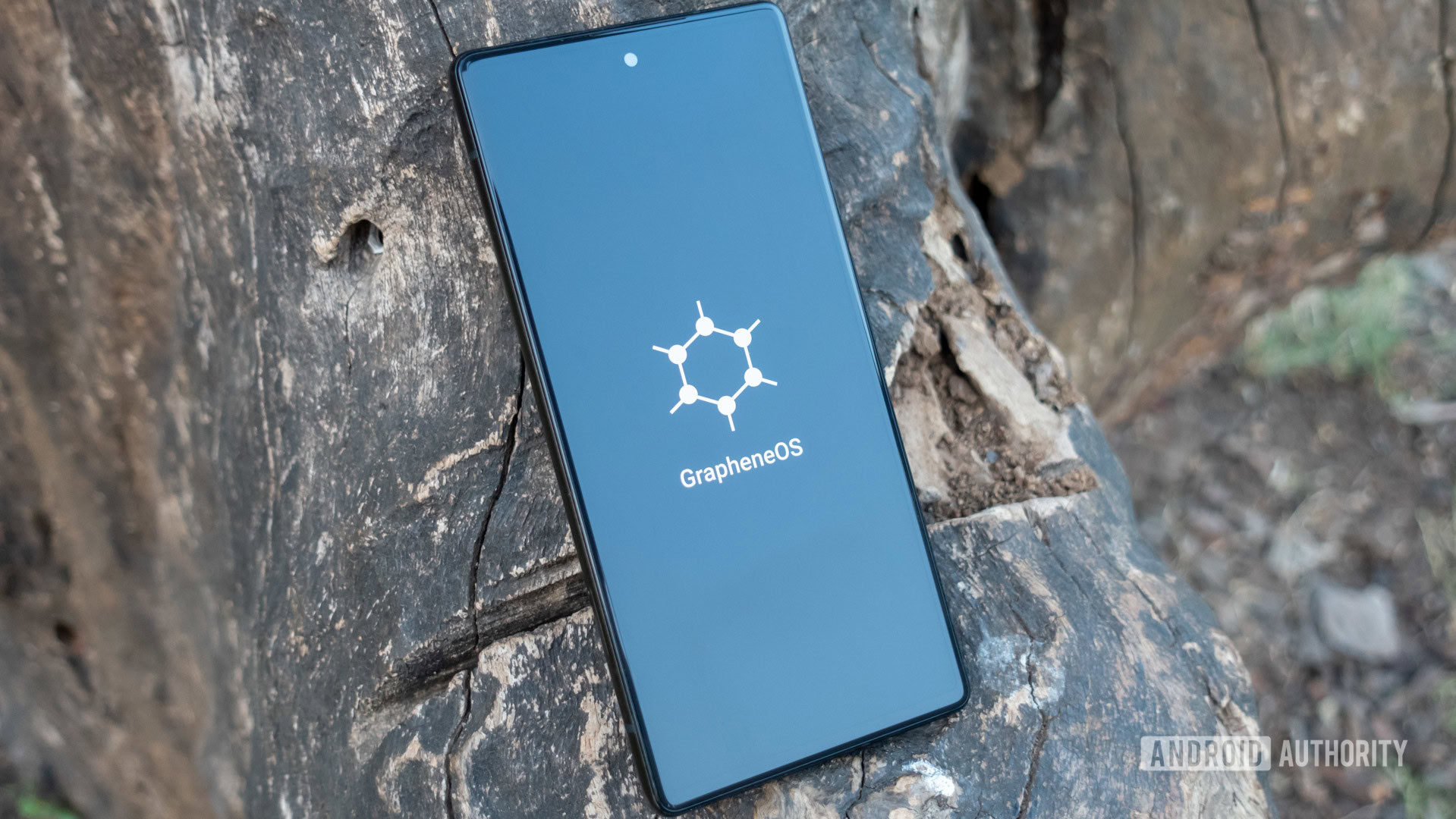Iceland is being invaded. Not only because of tourists, but because of something perhaps more undesirable: insects that had never been seen on the island. For the first time in their history, at least since records have been kept, Icelanders have encountered one of the most undesirable and hated bugs by all of us who have to sleep with the windows open in summer: mosquitoes.
They have been few, but they can represent the advance of a full-fledged colonization.
Unwanted guests. Bjorn Hjaltason is an amateur entomologist who was hunting for insects last week when he found something strange. On the wine-soaked rope that he uses to catch moths and observe them, three insects that have nothing to do with moths fell. They were mosquitoes, specifically two females and a male, but at first, Hjaltason described them as “some strange flies.”
And as the BBC reports, the event was such that the local media opened with the news. Because yes, it is more serious than it may seem (and not because of the bites).
Refugio. Iceland has remained one of the world’s mosquito-free bastions, one of only two mosquito-free havens. The other is Antarctica, and the reason is that these insects do not tolerate the cold well. Being cold-blooded, they need environmental heat to carry out their activity. When air temperatures are around 10º, their metabolism slows down so much that they become dysfunctional.
Not only can they not fly, but they also cannot reproduce. In warmer climates, it is the time when they enter a kind of hibernation, looking for shelters in which to weather the storm until the heat returns. In Iceland it was not necessary because the average temperature was below 10º.
BUT. Climate change, there is nothing more. The records from the Reykjavík observatory show that in the last 30 years there has been a gradual increase in temperatures, with average values that have gone from 2.4º to 4.1º. The average temperature has increased by 0.5º in the last decade, almost double the planet average, and there are areas that have broken all records.
Extreme episodes are also occurring, such as the 26.6º that would be pleasant in Córdoba and to go out with a jacket in the morning, but which in May of this year must have felt like real hell in Egilsstaoir. There were episodes like this before, but reports indicate that these events that were anomalies are becoming more common.
You have to wait. Mosquitoes, of course, are at ease with those temperatures, but the big question is where they came from. Hjaltason found them in Kjós and speculates that they may have come on a freighter that landed at Grundartangi. The two cities are in western Iceland and the insect enthusiast points out that unusual ‘bugs’ usually come on those freighters.
Another entomologist, Matthías Alfreodsson, to whom Hjaltason sent the mosquitoes confirmed that, although they belonged to a species that tolerates low temperatures somewhat better –Slide canceled-, they should not be in Iceland and we will have to wait until spring to check if the species has really established itself on the island. But Hjaltason is clear that if three of them went directly to his garden, “there will probably be more.”
I feel sorry for you, fellow Icelanders.
Images | Enzo Guidi
In WorldOfSoftware | The Japanese method to get rid of mosquitoes at home during the summer: katori senko












